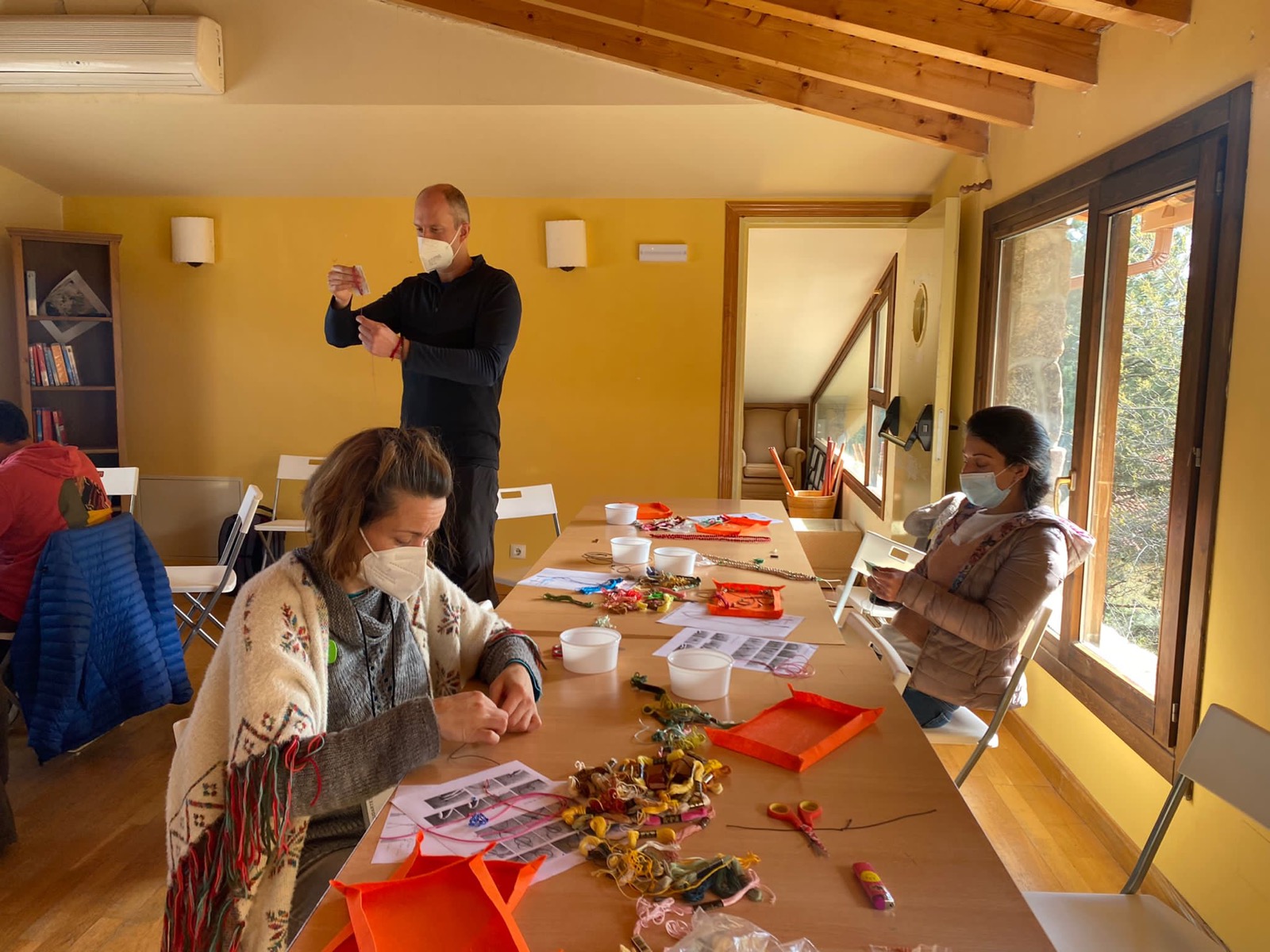The Power of Tonglen
On the inbreath, says Judy Lief, take in what is bad, freeing others from it. On the outbreath, offer what is good. The post The Power of Tonglen appeared first on Lions Roar.

On the inbreath, says Judy Lief, take in what is bad, freeing others from it. On the outbreath, offer what is good. Read this teaching in Spanish here.

Photo by Le Minh Phuong.
The world today is in chaos, full of suffering, confusion, and greed. It’s easy to become overwhelmed and shut down, but closing our hearts isn’t helpful to anyone. We practice tonglen to touch into and strengthen our inherent capacity for compassion and courage—the inner qualities that sustain us as we meet the challenges of engaging with this suffering world.
Tonglen is like a prayer that rides the breath, similar to how Tibetan prayer flags ride the wind. It enhances our trust in our ability to be kind and, at the same time, it enhances our understanding of the selfish and negative energies that are also a part of us. Tonglen is rooted in our natural tendency to love and connect with one another.
We’re not separate from one another. We’re linked. Tonglen begins with this quality of connection.
The natural in and out breath is the starting point for tonglen. Our breathing links us with the world around us: inside out, outside in. Without willing it or even noticing it, we’re always sending our own energy out into the world and taking in whatever energies are coming at us. We’re not separate from one another. We’re linked. Tonglen begins with this quality of connection, of linkage: with oneself, with others, with the world.
Although we’re engaged in such an exchange all the time, in tonglen we’re intentional as to what we send out and what we take in. In tonglen practice we send out things that bring people happiness, such as love, kindness, well wishes, confidence, strength, and support, and we take in things that cause them to suffer, such as fear, doubt, pain, confusion, and sickness. We offer to others what is good and we take in what is bad, so that others may be free of it. This is the ultimate bodhisattva activity.
There are many variations and ways to practice tonglen. Traditionally, tonglen is included as a regular part of one’s daily meditation session. In that context, we engage regularly with this practice and deepen our understanding over time. In the midst of life, there are also many opportunities to apply tonglen in action. We can touch into tonglen on the spot in any situation that needs our love and compassion.
Meditation
1. Touch spaciousness
Sit quietly. Relax and breathe simply and naturally. Let go of restlessness. Let go of the past and the future and of compulsive thinking and planning. Be still. Touch spaciousness. Imagine that you are like a vase. Within you, there is vast space. Around you, there is vast space. Between the two, there’s a subtle boundary. Breathe in. Breathe out. Let the inhalation dissolve within. Let the exhalation dissolve without. Begin the practice with a brief gap. Take a moment to stop and start fresh.
2. Relate to energies
Evoke positive energy as bright, cool, and refreshing, and send it to all beings on the exhalation. Evoke negative energy as tarry, thick, and claustrophobic. Remove it from all beings as you breathe in. Let your breathing flow.
3. Get personal
Begin with a situation that evokes real feelings for you. It could involve the person you care about the most. It could involve someone who is sick or suffering, someone you’re worried about. Touch into your feeling of love for that person and your concerns about them. As you breathe out, send out love and sincere wishes for their well-being. As you breathe in, take in their pain or confusion in order to free them from such obstacles.
4. Extend
Think of the many others—past, present, and future—who suffer in similar ways. Extend your tonglen to these many beings.
5. Daily life
Return to the simplicity of just resting and breathing. Let the tonglen session dissolve. Then carry a tonglen attitude, a light touch of tenderness, into your life.

 Troov
Troov 
































